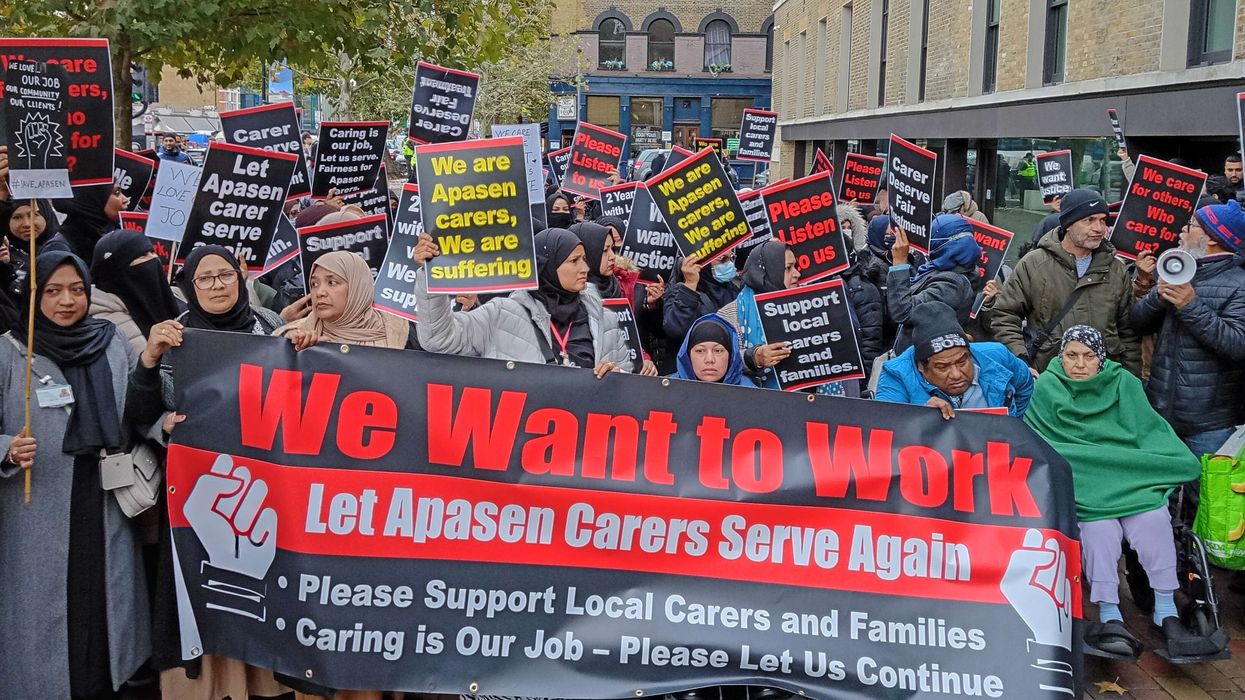FITCH RATINGS has affirmed Sri Lanka's long-term foreign-currency issuer default rating (IDR) at 'CCC', indicating sustainability risks.
The country’s ‘CCC’ rating reflects low foreign-exchange reserves and high government debt, the rating agency said.
“A total of about $29 billion (£20.8bn) in foreign-currency debt obligations are due between now and 2026, against foreign-exchange reserves of $4.5bn (£3.2bn) as of end-April 2021,” Fitch Ratings said in a statement.
Sri Lankan authorities have recently secured project financing through various multilateral and bilateral channels equivalent to $400 million (£287m) and $1.5bn (£1.1bn), respectively.
These resources should enable Sri Lanka to meet its remaining debt maturities this year, but the country is yet to specify its plans to meet its foreign-currency debt-servicing needs for 2022, it said.
Sri Lankan authorities have consistently indicated that they do not intend to seek programme financing from the International Monetary Fund.
“We project foreign-exchange reserves to remain at about $4.5bn (£3.2bn) by end-2021 before declining to $3.9bn (£2.8bn) by end-2022,” Fitch said.
The agency projected Sri Lanka’s economic growth in 2021 at 3.8 per cent, down from an earlier forecast of 4.9 per cent due to surge in virus cases.
The country’s economy contracted by 3.6 per cent in 2020.
“We expect the economy to grow by 3.9 per cent in 2022. There remains a high degree of uncertainty associated with our forecasts in light of the evolution of new Covid-19 cases in the country,” the agency said.
Sri Lanka aims to vaccinate 60 per cent of its population by 2021-end, but supply shortages could hamper attaining the target.













